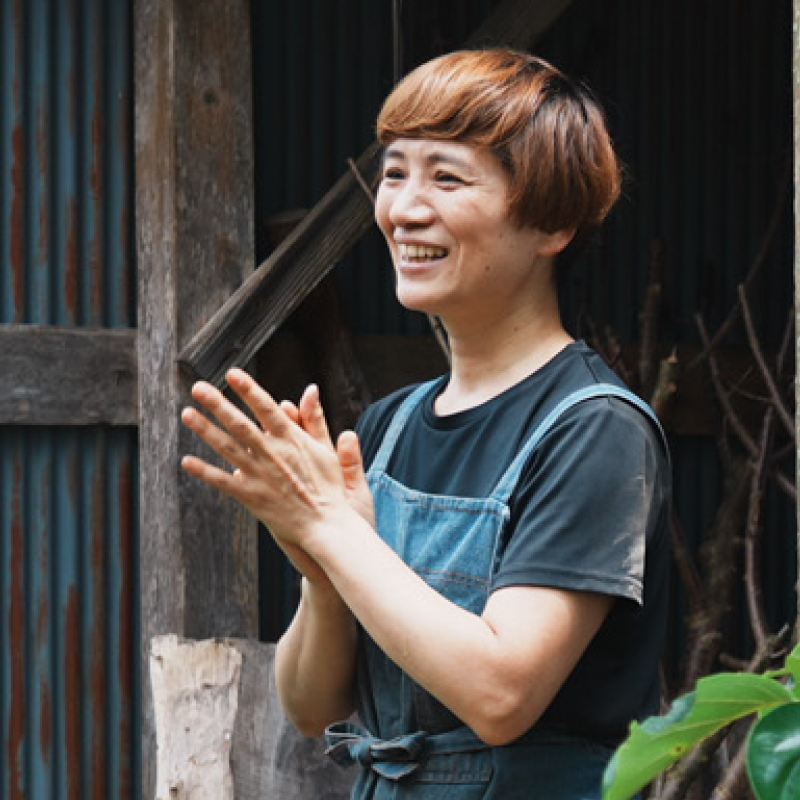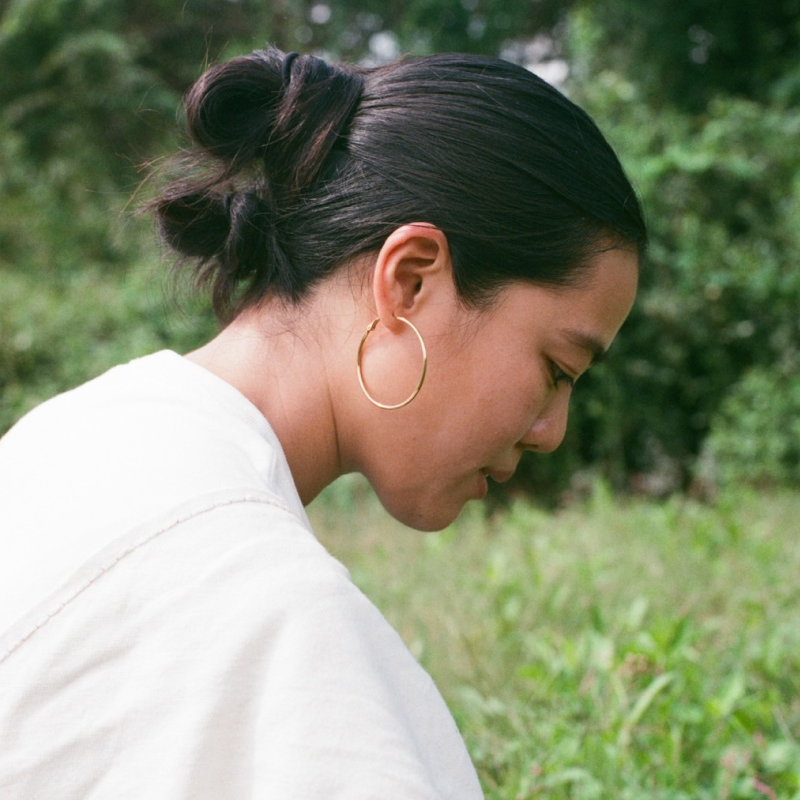About
Making a case for heritage Japanese materials.
Kyoto Research Institute is dedicated to the study of Japan’s rich natural resources and traditional techniques that craft what we call "heritage materials."
The mission is to research, educate, and inspire practical utility of these materials in everyday living.
Our work is not about innovation. But rather about rediscovery. Thoughtful application of heritage materials today is active and actionable pursuit of sustainable living, no matter where we call home.
WORK WITH US
Together we transform research of heritage materials into real-life practical utility.
Places: creation of spaces that showcase or leverage heritage materials
Products: research and development of functional pieces
Programs: educational curriculum for online and in real life
Production: multi-media content creation to reach a spectrum of learning styles
Publishing: books and other printed matter to educate and inspire
THE TEAM
-

Sawane Kato
Assistant Associate
-

Misa Murata
Research Associate
-

Momoko Nakamura
Founding Partner
-

Toshiaki Nakano
Partner
Kyoto Research Institute was founded under the direction of Momoko Nakamura. Her interest in fieldwork across the archipelago is rooted in over 20 years of research and communication of cookery culture and the food system. The Institute’s studies now extend beyond edible ingredients, exploring a wide spectrum of heritage Japanese materials to facilitate their practical utility today.
THE EXPERTS
-

Yuuki Abe
Plant-based Cookery
-

Kaori Fujimoto
Woodwork
-

Koji Hirose
Knife Sharpening
-

Toyoki Iwao
Marine Biology
-

Shinji Kubota
Sudaré Screens
-

Kazuma Matsuki
Tsuchikabe Earthen Walls
-

Riku Matsuzaki
Kyoto-style Indigo
-

Masako Nakagami
Pottery
-

Atsushi Nakahigashi
Culinary Arts
-

Narumi Uetani
Botanical Dye
-

Kyoko Yoneda
Regional Tea Revitalization
All of our research is performed in conjunction with experts in the area of study. With their help we are able to experiment together, discuss very real challenges and possibilities, and access more intel in the field to continue to gather the most comprehensive and responsible story possible.
HOW WE STUDY
We combine findings from anthropological fieldwork with expert insights.
Our studies take place within hyper-local communities, where we conduct ethnographic research, observe regional ecology, document generational knowledge, and examine historical texts. We then work with highly-specialized experts to establish metrics to measure and validate our findings, and prove its value as a modern sustainable material.
ANTHROPOLOGICAL FIELDWORK
Build relationships
Gain access
Receive trusted introductions
FOUNDATION
DISCOVERY
Interviews and other multi-media recording
Sampling of materials
Learning and practicing techniques
Transcription
Identify historical texts, art, and artifacts for additional context
Cross-reference adjacent studies
INTERPRETATION
SUSTAINABILITY CATEGORIES
-
Climate, biodiversity, agriculture, foraging, forestry, energy, air, wildlife, waterways
-
Policy making, taxation, cash flow, government grants, innovation, portfolio management, labor
-
Education, infrastructure, community, humanitarian, communications, artistic expression
CASE STUDY
HERITAGE MATERIAL-INFORMED DESIGN
LOGO
The logo is an evolution from hanko carver, to graphic designer, to hanga artist.
In Japanese, research is kenkyu 研究. Made up of two characters which allude to mastering the art of polishing. The first character 研 (polish) is derived from the classical character 幵. And this is where we take our inspiration. Ultimately, the logo to the right, is no longer a character or word. It is meaningless yet meaningful. It is a nod to the earth’s strata, folk craft, ancestral storytelling, the microseasonal calendar, and the mountains and sea that make up this archipelago. It is also an ode to the techniques that take natural resources and make them into heritage materials.
COLORS
The colors are sourced from the DIC Color Guide of the Traditional Japanese Palette. Each offers greater context to the socio-political climate, terroir, and sensibilities across time.
DIC N-960 Sumiiro
HEX #1C1C1E
DIC N-959 Kuriiro
HEX #2F2417
DIC N-815 Hiwairo
HEX #756616
DIC N-952 Nibiiro
HEX #726557
DIC N-962 Kunugi
HEX #A37160
DIC N-780 Usukouiro
HEX #DFD0B5
DIC N-881 Asagiiro
HEX #0C7C94
SUMIIRO The color of calligraphy ink in traditional Japanese paintings. While the Chinese ink has a blue undertone, the Japanese ink has a brown undertone.
KURIIRO Chestnut, hazel, and the like that contain a large amount of tannin, produces this black color with brown hues in the botanical dyeing process.
HIWAIRO An austere yet refined color that was used frequently from the Momoyama Period (1568-) through the Edo Period (-1868) as a product of the proliferation of tea ceremony.
NIBIIRO A historic color of Japan, it is a grey with green and brown undertones.
KUNUGI The color of textiles worn by commoners. Brown did not exist until after the Heian Period (794 - 1185). Instead, easily accessible nuts and tree bark were used to achieve this hue.
USUKOUIRO The lightest hue produced by steeped clove tree to dye textiles. A slight scent is paired with the color.
ASAGIIRO A traditional color of Japan, named after a slight blue hue mingling with a Japanese leek. It is an ode to the color that appears for a split second during the indigo dyeing process.








